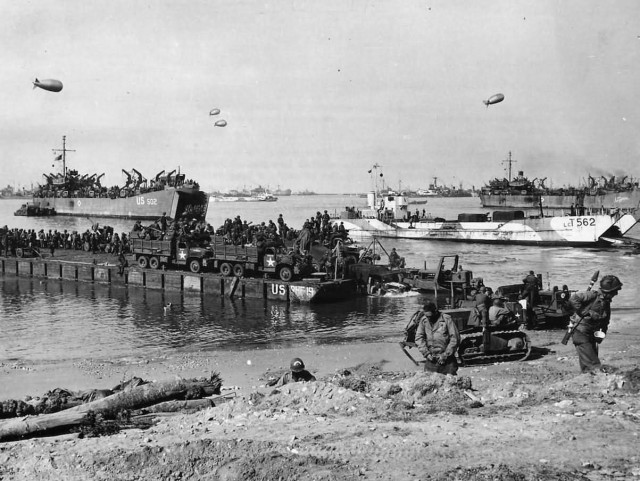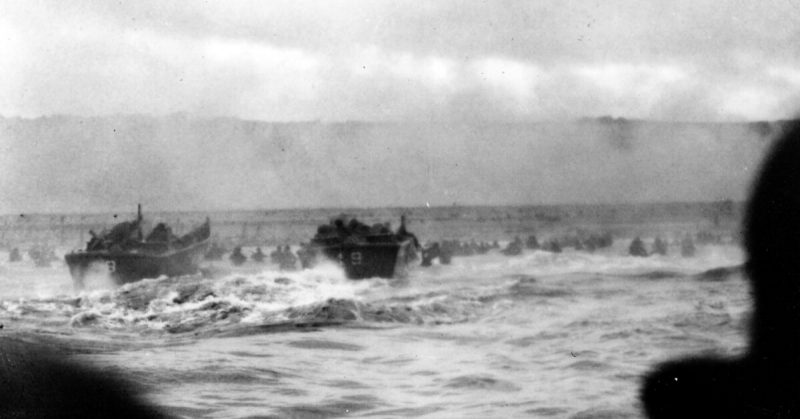When 160,000 Allied soldiers crossed the English Channel on D-Day, June 6, 1944, the bloodiest of the fights faced by the Allies was the battle on Omaha Beach in Normandy, France.
Operation Neptune, the code name for the famous Normandy landings took place on June 6th, 1944. Never in recorded history has there been a larger amphibious invasion.
All divisions of the Allied Armed Forces, tanks, troops, and planes played their part in the huge operation for the invasion of Nazi-occupied France.
The D-Day invasion commenced across five segments of the French coast. These segments were all beachheads, and they all had code names. The names were Utah Beach, Juno Beach, Sword Beach, Gold Beach, and Omaha Beach.
The casualties on both sides were staggering, with many thousands of deaths on both sides. It is estimated that the invading force of the Allies lost more soldiers than the defending Nazi German forces, the Allied victory was a decisive outcome of the battle.

The Normandy landings on D-Day was a major turning point in the direction of World War II. The Allies were closing in on Nazi Germany by 1944. Hitler’s Nazi forces were fighting the war on several fronts, and the pressure was becoming too much to handle.
The pressure from the Soviet Union was relentless and in the battle of the Pacific, the USA was making steady, if hard won, progress against the Japanese.
The end was now in sight; less than a year after D-Day, on 7 May 1945, Germany unconditionally surrendered. Later the same year, on 2 September 1945, Japan also surrendered and World War II was officially over.
As one looks at the twists and turns of this global war, one of the greatest human conflicts in the history of humankind, we sometimes forget some of the incredible stories of individuals, which lie at the heart of these huge events.
Dr. Warren Breniman was part of the landing force at Omaha Beach on June 6, 1944, and he tells us his story in this overpowering intense interview. He was enlisted in the 149th Engineer Combat Battalion.
He was in an Infantry Landing Craft (LCI) and landed directly after the 116th Regiment in the middle of chaos, death, and destruction.
Listen to his amazing story; you certainly will not regret taking the time.
https://www.youtube.com/watch?v=BB7D1YIlvrk&nohtml5=False
